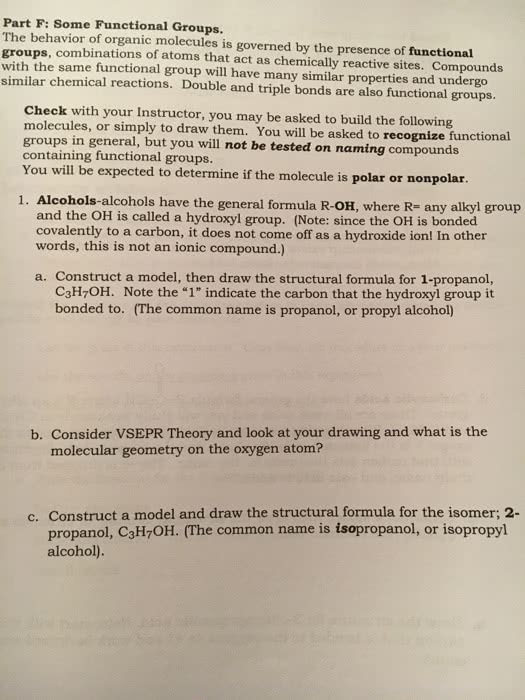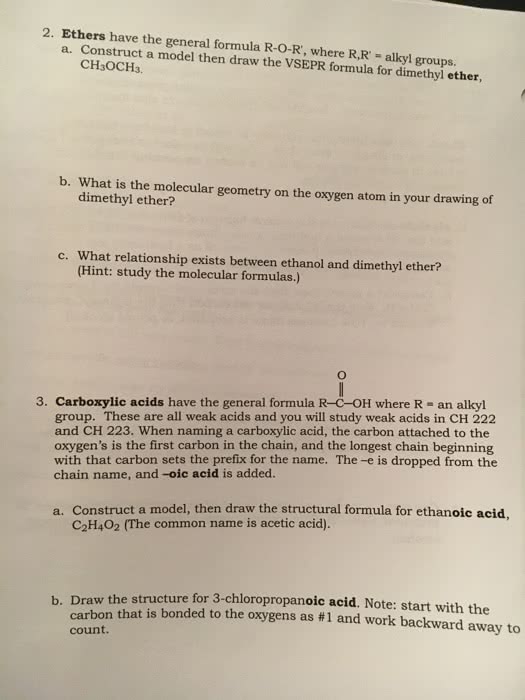1. What is the full numerical range of possible Rf values in a TLC experiment? (not the range that might be desired or useful for some analytical purpose, but the absolute limits)
7. Consider the structure of ferrocene (you may wish to refer to the "Ferrocene 3D Models" item on our Blackboard site).
a. Focusing solely on the hydrocarbon parts (bonds within one ring or the other, completely ignoring the iron atom and all bonds to it), what is the apparent geometry and hybrization of those carbon atoms?
b.To how many carbon atoms is the iron atom actually covalently bonded?
7. Draw the structure of chloroethane; any style is okay as long as the carbonâcarbon bond is explicitly visible. Draw a line through this CâC bond (you may wish to use a different color), and then consider the two parts (âfragmentsâ of the whole molecule) you would have if this bond were to break. Calculate the mass of each fragment using the same method as for M+/molecular ion analysis. If a fragment has a halogen atom, also calculate the mass of that fragment using the other common isotope of the halogen.
8. Calculate the empirical formula of a chemical whose elemental analysis is:
%C: 40.67 %H: 8.53 %N: 23.71 %O: 27.09
1. What is the full numerical range of possible Rf values in a TLC experiment? (not the range that might be desired or useful for some analytical purpose, but the absolute limits)
7. Consider the structure of ferrocene (you may wish to refer to the "Ferrocene 3D Models" item on our Blackboard site).
a. Focusing solely on the hydrocarbon parts (bonds within one ring or the other, completely ignoring the iron atom and all bonds to it), what is the apparent geometry and hybrization of those carbon atoms?
b.To how many carbon atoms is the iron atom actually covalently bonded?
7. Draw the structure of chloroethane; any style is okay as long as the carbonâcarbon bond is explicitly visible. Draw a line through this CâC bond (you may wish to use a different color), and then consider the two parts (âfragmentsâ of the whole molecule) you would have if this bond were to break. Calculate the mass of each fragment using the same method as for M+/molecular ion analysis. If a fragment has a halogen atom, also calculate the mass of that fragment using the other common isotope of the halogen.
8. Calculate the empirical formula of a chemical whose elemental analysis is:
%C: 40.67 %H: 8.53 %N: 23.71 %O: 27.09


